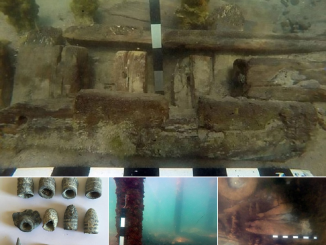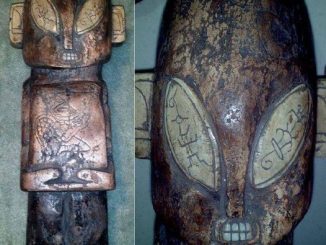Nestled along the picturesque south coast of Brittany, France, lies a landscape shrouded in mystery and wonder – the Carnac stones. This extraordinary collection of megalithic sites, consisting of stone alignments, dolmens, tumuli, and single menhirs, stands as a testament to the ingenuity and craftsmanship of prehistoric peoples. Join us as we embark on a journey through time, exploring the secrets of the Carnac stones and delving into the enigmatic world of Neolithic France.

A Monumental Legacy: The Carnac stones form an exceptionally dense collection of prehistoric monuments, comprising more than 3,000 standing stones hewn from local granite. Stretching across the rugged landscape of Brittany, these ancient structures are among the largest and most impressive megalithic sites in the world. The stone alignments, in particular, are a striking feature of the Carnac landscape, consisting of rows of standing stones that stretch for kilometers across the countryside. These monumental structures, erected by the pre-Celtic people of Brittany, serve as a testament to their mastery of stonecraft and their reverence for the natural world.
Chronicles of the Neolithic: The origins of the Carnac stones date back to the Neolithic period, a time of profound cultural and technological advancement in Europe. While the exact date of their construction remains a subject of debate among archaeologists, it is believed that the stones were erected sometime around 3300 BC, with some dating as early as 4500 BC. The purpose of these megalithic structures is also a matter of speculation, with theories ranging from astronomical observatories to religious sanctuaries and burial sites. Regardless of their intended function, the Carnac stones offer valuable insights into the social, religious, and technological practices of Neolithic peoples in Brittany.
Debates and Discoveries: Despite centuries of study and exploration, the question of which people the Carnac stones are attributed to remains a topic of heated debate among scholars. Some researchers argue that they were built by the indigenous peoples of Brittany, while others suggest that they may have been constructed by early Celtic or even pre-Celtic cultures. The mystery surrounding the origins of the Carnac stones only adds to their allure, drawing visitors from around the world to marvel at their ancient beauty and ponder the secrets of their creators. As archaeologists continue to uncover new evidence and insights, the enigmatic story of the Carnac stones continues to unfold, offering tantalizing glimpses into the distant past of Brittany and beyond.
Ancient Discoveries:
The Carnac stones are just one example of the many ancient discoveries that have captivated the imagination of scholars and enthusiasts around the world. From the pyramids of Egypt to the temples of Angkor Wat and the cave paintings of Lascaux, these archaeological wonders offer a window into the rich tapestry of human history and culture. As we explore and uncover the mysteries of the past, may we gain a deeper appreciation for the ingenuity, creativity, and resilience of our ancient ancestors, whose legacies continue to inspire wonder and awe across the ages.


